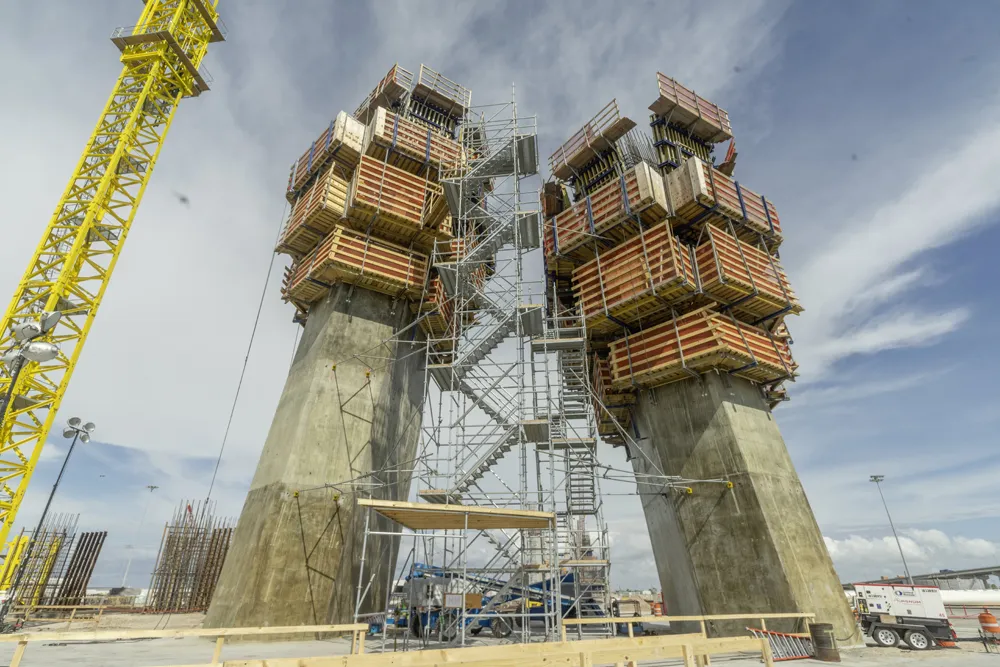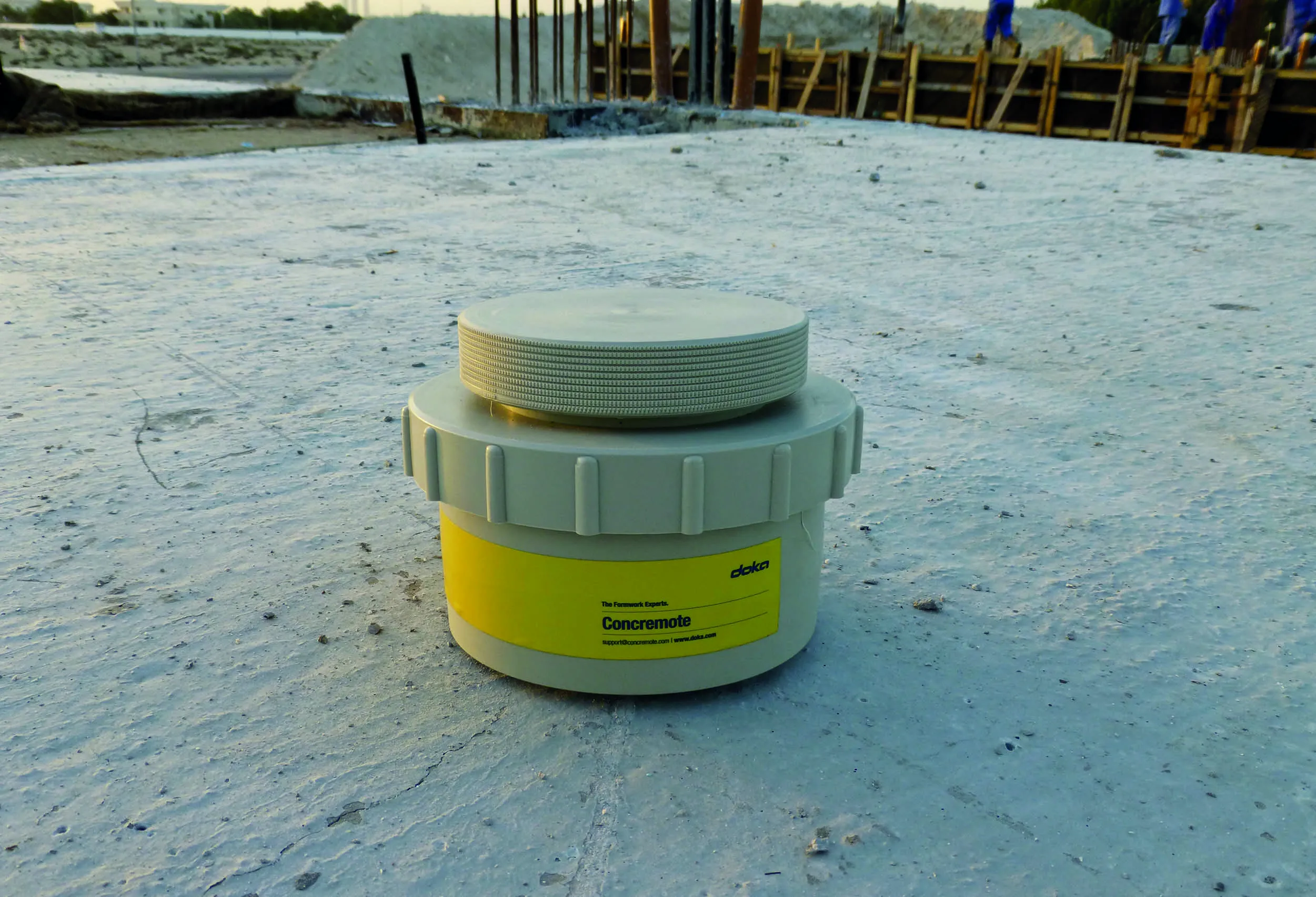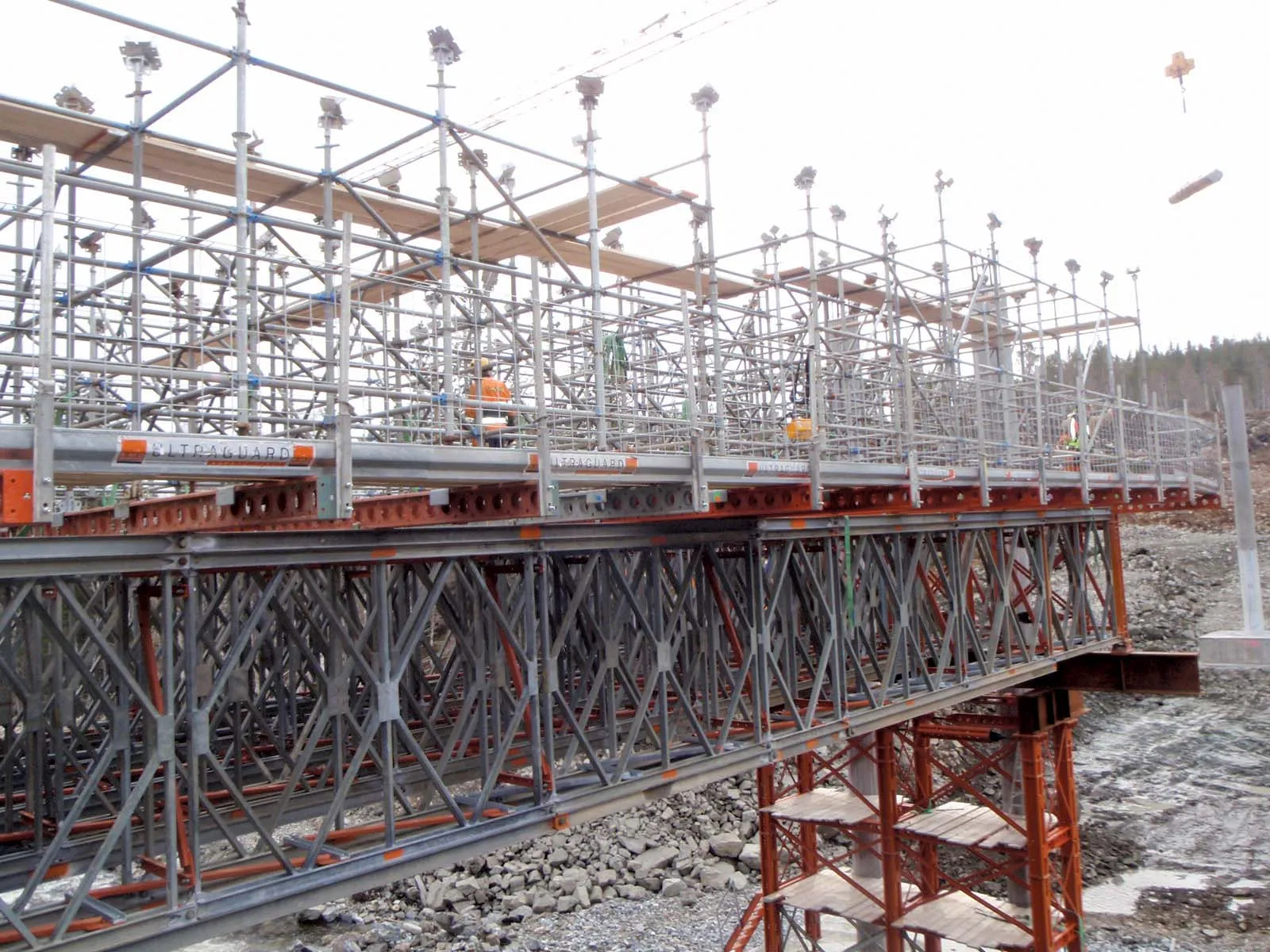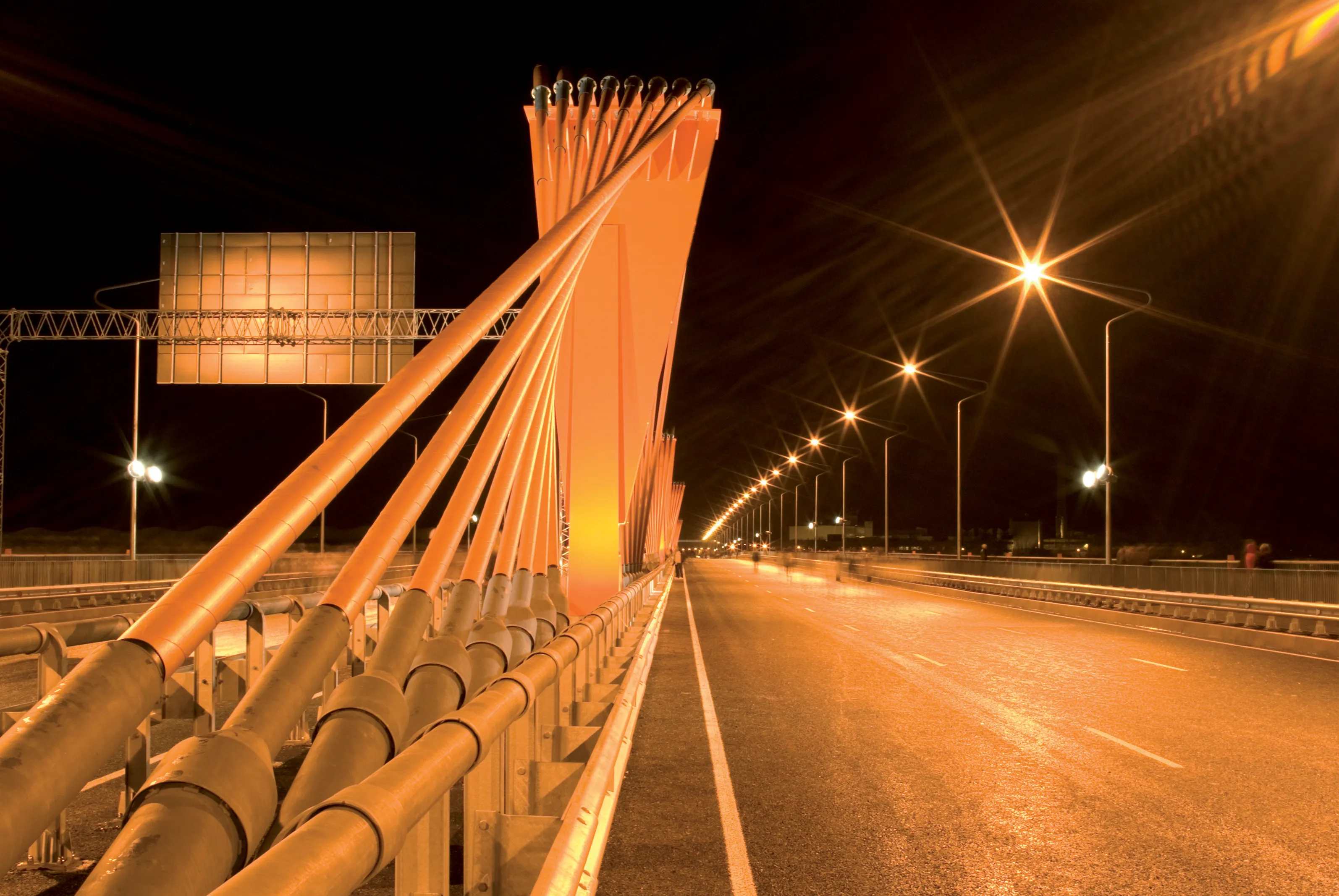
The new US 181 Harbor Bridge is being constructed to replace an ageing bridge across the Corpus Christi Ship Channel off the Gulf of Mexico. The replacement bridge, with nearly a 63m clearance, will also allow the passage of larger ships and possibly cruise ships into the docks. The current Harbor Bridge was opened in 1956 to replace a drawbridge and now handles 26,000 vehicles per day. When complete, the new Harbor Bridge will be the tallest point in southern Texas and the longest cable-stayed concrete segmental bridge in the US.
The upper and lower pylons were different shapes requiring two designs. The primary pylon structures have a geometry that narrows and angles at the same time. A reusable system was needed that would have minimal changes between pours.
Doka used large-area formwork Top 50 as well as hydraulic climbing formwork SKE50 and SKE100 platforms. The system was designed with telescopic platforms that adjust to the changing pylon shape. Doka says there were almost 520m² of formwork for one pylon.
Doka helped the contractor – a Flatiron and Dragados joint venture - remain on schedule because there was minimal rebuild between pours. Doka also saved crane time due to the hydraulic lifting systems employed.
The contract won by Flatiron and Dragados includes $854.6 million for design and construction of the bridge and another $128.2 million for the 25-year maintenance and operation of the bridge.








